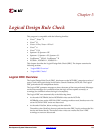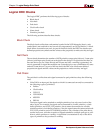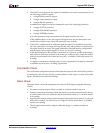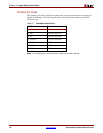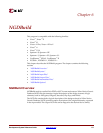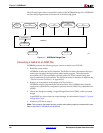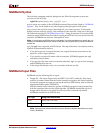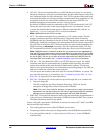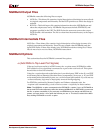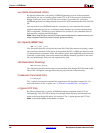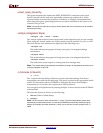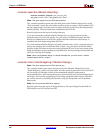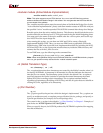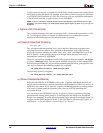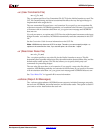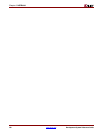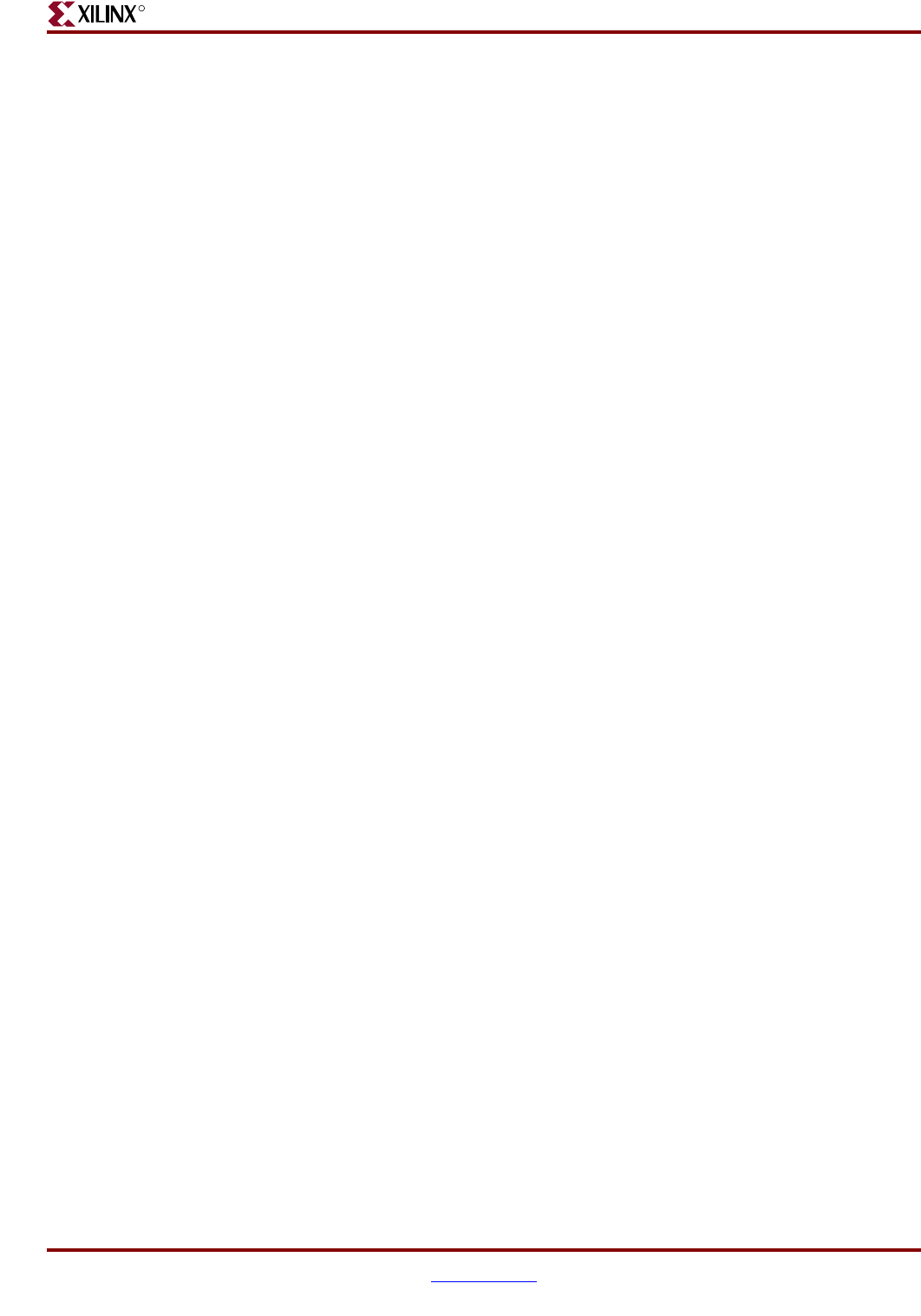
Development System Reference Guide www.xilinx.com 121
NGDBuild Output Files
R
NGDBuild Output Files
NGDBuild creates the following files as output:
• NGD file—This binary file contains a logical description of the design in terms of both
its original components and hierarchy and the NGD primitives to which the design is
reduced.
• BLD file—This build report file contains information about the NGDBuild run and
about the subprocesses run by NGDBuild. Subprocesses include EDIF2NGD, and
programs specified in the URF. The BLD file has the same root name as the output
NGD file and a .bld extension. The file is written into the same directory as the output
NGD file.
NGDBuild Intermediate Files
NGO files—These binary files contain a logical description of the design in terms of its
original components and hierarchy. These files are created when NGDBuild reads the
input EDIF netlist. If these files already exist, NGDBuild reads the existing files. If these
files do not exist or are out of date, NGDBuild creates them.
NGDBuild Options
This section describes the NGDBuild command line options.
–a (Add PADs to Top-Level Port Signals)
If the top-level input netlist is in EDIF format, the –a option causes NGDBuild to add a
PAD symbol to every signal that is connected to a port on the root-level cell. This option
has no effect on lower-level netlists.
Using the –a option depends on the behavior of your third-party EDIF writer. If your EDIF
writer treats pads as instances (like other library components), do not use –a. If your EDIF
writer treats pads as hierarchical ports, use –a to infer actual pad symbols. If you do not use
–a where necessary, logic may be improperly removed during mapping.
For EDIF files produced by Mentor Graphics and Cadence schematic tools, the
–a option is set automatically; you do not have to enter –a explicitly for these vendors.
Note:
The NGDBuild –a option corresponds to the EDIF2NGD –a option. If you run EDIF2NGD on
the top-level EDIF netlist separately, rather than allowing NGDBuild to run EDIF2NGD, you must use
the two –a options consistently. If you previously ran NGDBuild on your design and NGO files are
present, you must use the –nt on option the first time you use –a. This forces a rebuild of the NGO
files, allowing EDIF2NGD to run the –a option.



